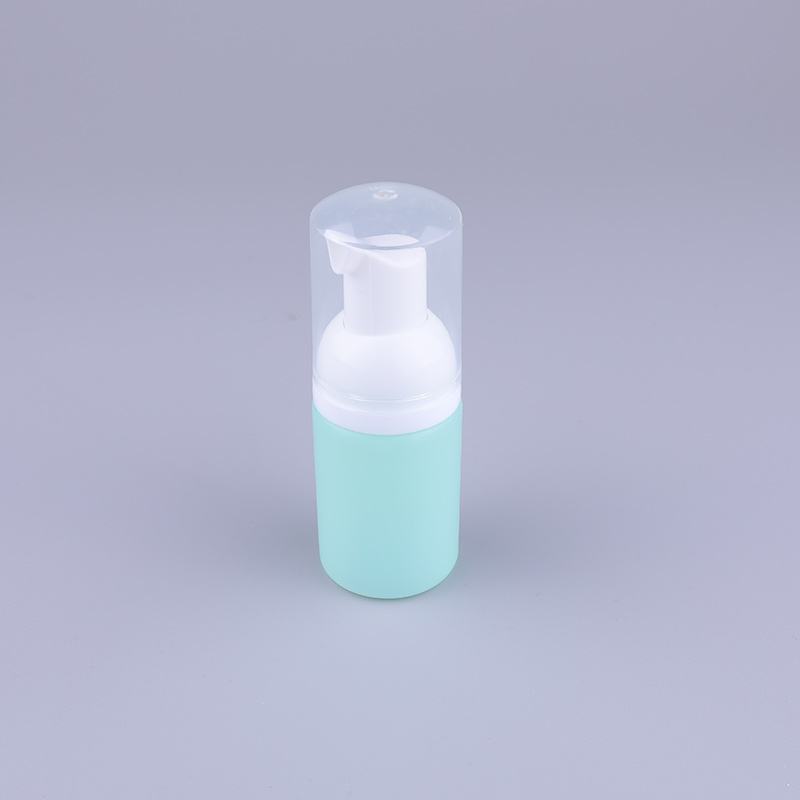
Price($):0.2-0.25
Read More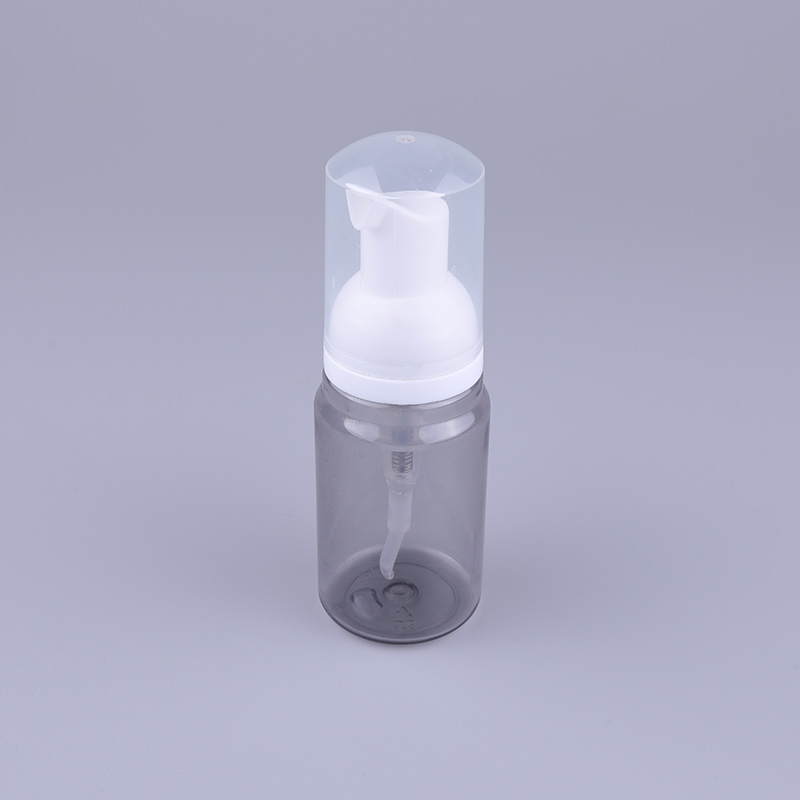
Price($):0.2-0.25
Read More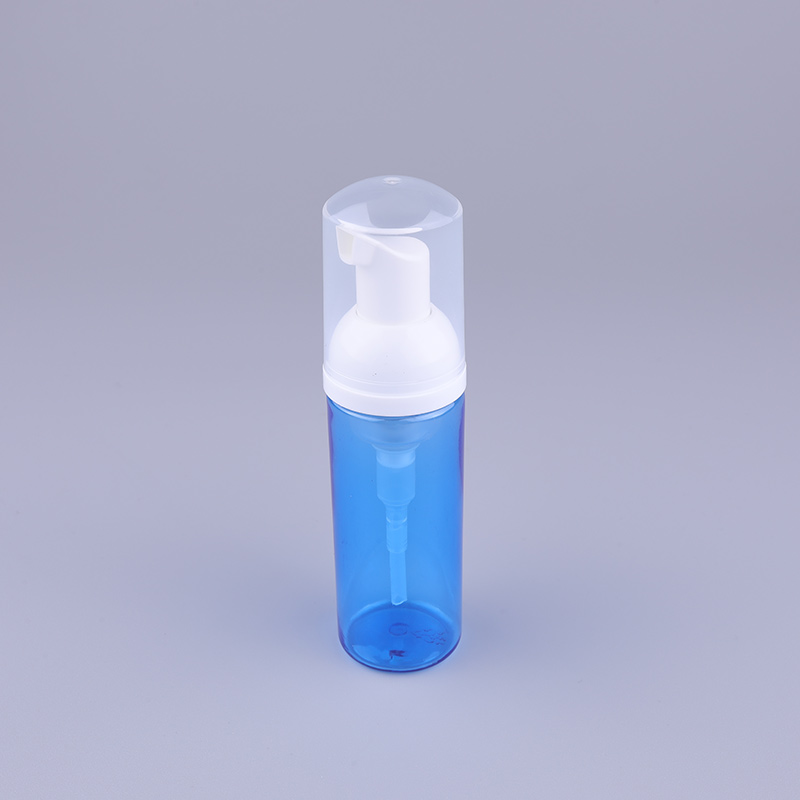
Price($):0.2-0.25
Read More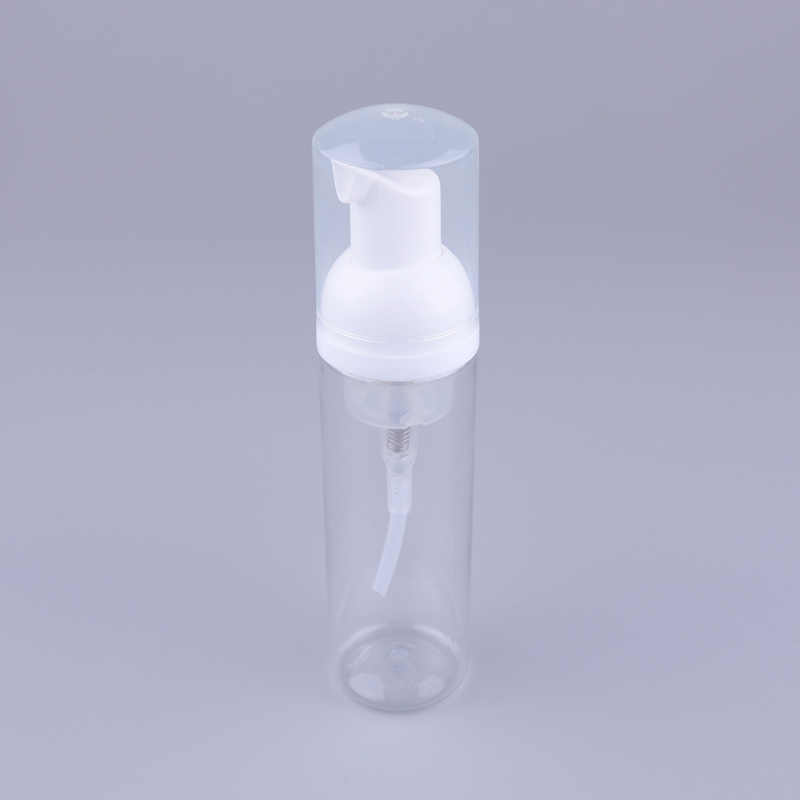
Price($):0.2-0.25
Read More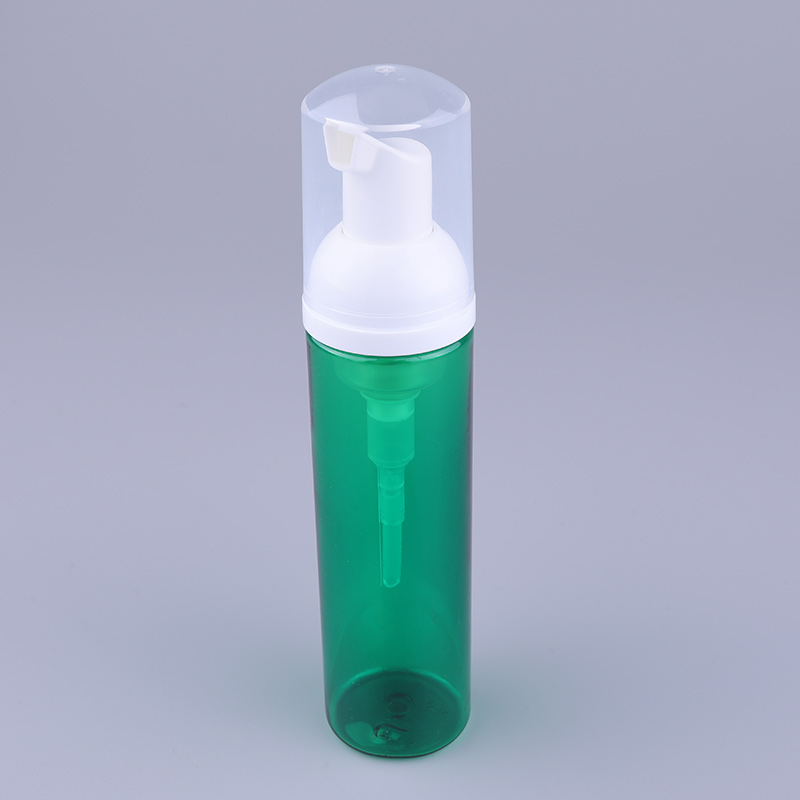
Price($):0.25-0.3
Read More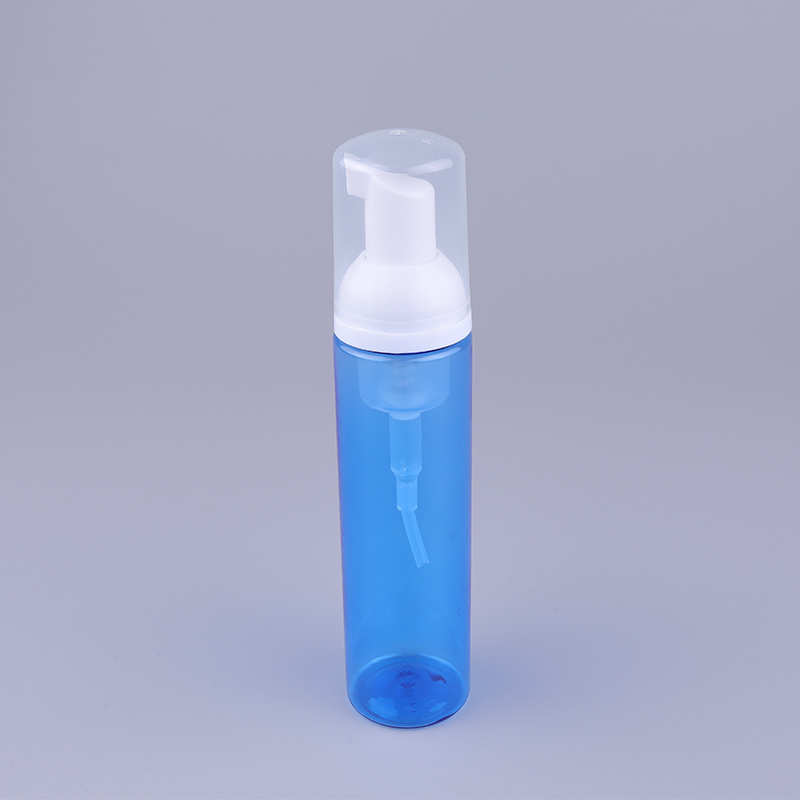
Price($):0.25-0.3
Read More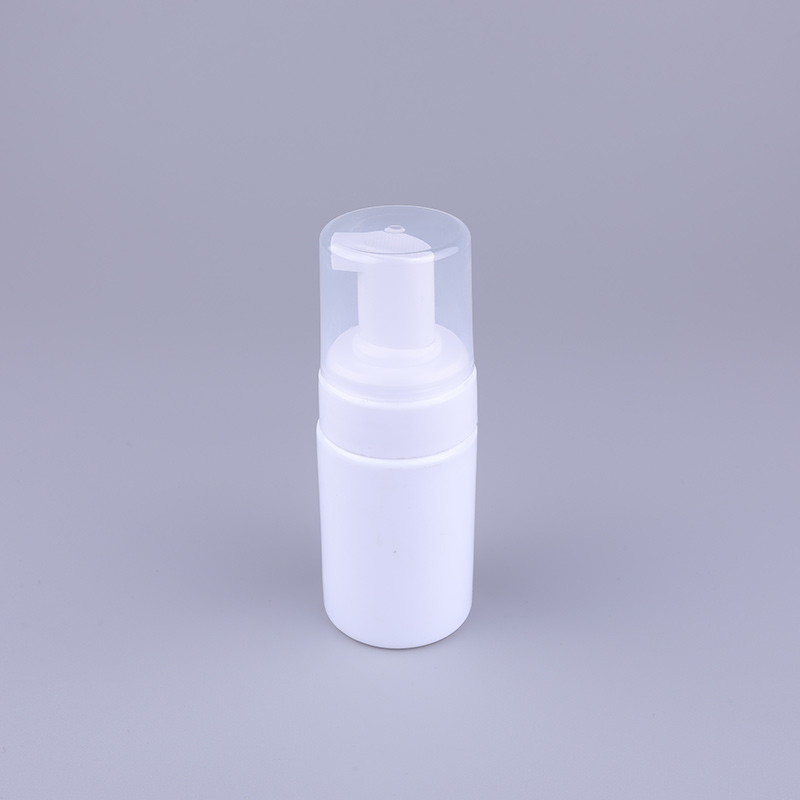
Price($):0.25-0.3
Read More
Price($):0.3-0.35
Read More
Price($):0.2-0.25
Read More
Price($):0.2-0.25
Read More
Price($):0.2-0.25
Read More
Price($):0.2-0.25
Read More
Price($):0.25-0.3
Read More
Price($):0.25-0.3
Read More
Price($):0.25-0.3
Read More
Price($):0.3-0.35
Read MoreLubricants are key processing aids in plastic production. By reducing the friction between the melt and equipment, improving processing fluidity, avoiding adhesion and material shortage issues, and enhancing product demolding and surface glossiness, they are suitable for various types of plastics such as PE, PP, PVC, as well as injection molding, extrusion, and other processes. The mainstream types are divided into four categories: fatty acids and their derivatives (such as calcium stearate) are generally balanced, esters (such as butyl stearate) focus on internal lubrication, paraffin wax (such as PE wax) enhances external lubrication, and polyether (such as PEG) also has anti-static function. In terms of application, microcrystalline paraffin anti sticking rollers are used for PE blown film, butyl stearate is added to PVC profiles to reduce processing temperature, and zinc stearate is added to PP lunch boxes to assist in demolding. The current upgrade towards low migration and environmental protection is the core of balancing production efficiency and product quality.
Flame retardants are the core additives for plastic safety protection, which reduce the flammability of plastics by inhibiting combustion chain reactions, forming barrier layers, or diluting flammable gases. For example, after adding PE and PP, the oxygen index increases from 17-19 to over 26, making them suitable for multiple scenarios such as electronics, construction, and automobiles. The mainstream types are divided into four categories: halogenated (such as decabromodiphenyl ethane) with high efficiency and low cost; Halogen free (red phosphorus, magnesium hydroxide) environmentally friendly and low smoke; Reactive (graft) long-term stability; Inorganic (aluminum hydroxide) is inexpensive and non-toxic. In terms of application, ABS electronic casing is made of halogen, PA connector is selected with red phosphorus, and PVC cable conduit is matched with aluminum hydroxide. The current upgrade towards halogen-free, high-efficiency, low smoke, low toxicity, and multifunctional direction is a key guarantee for the safe use of plastics.
Whitening agents (mainly fluorescent whitening agents) are the core additives for optimizing the appearance of plastics. They absorb ultraviolet light and convert it into blue purple visible light, neutralize yellowing, improve whiteness and luster, and can also conceal defects and assist in anti yellowing. The addition amount is only 0.01% -0.3%, which can be effective and suitable for various types of plastics such as PE, PP, PET, etc. The mainstream types include: universal OB/OB-1 compatible food packaging and home appliance casings; Weather resistant KCB/KSN is used for outdoor products; Transparent UV-1130 compatible with PET/PC transparent parts; Food grade B-3T meets the safety requirements for baby products and food packaging. In terms of application, PP tableware is treated with OB whitening agent, KCB is used for recycled PE bags, and OB-1 is added to PET preforms. The current positive low migration and environmental upgrading are the key to improving the appearance and competitiveness of plastics.